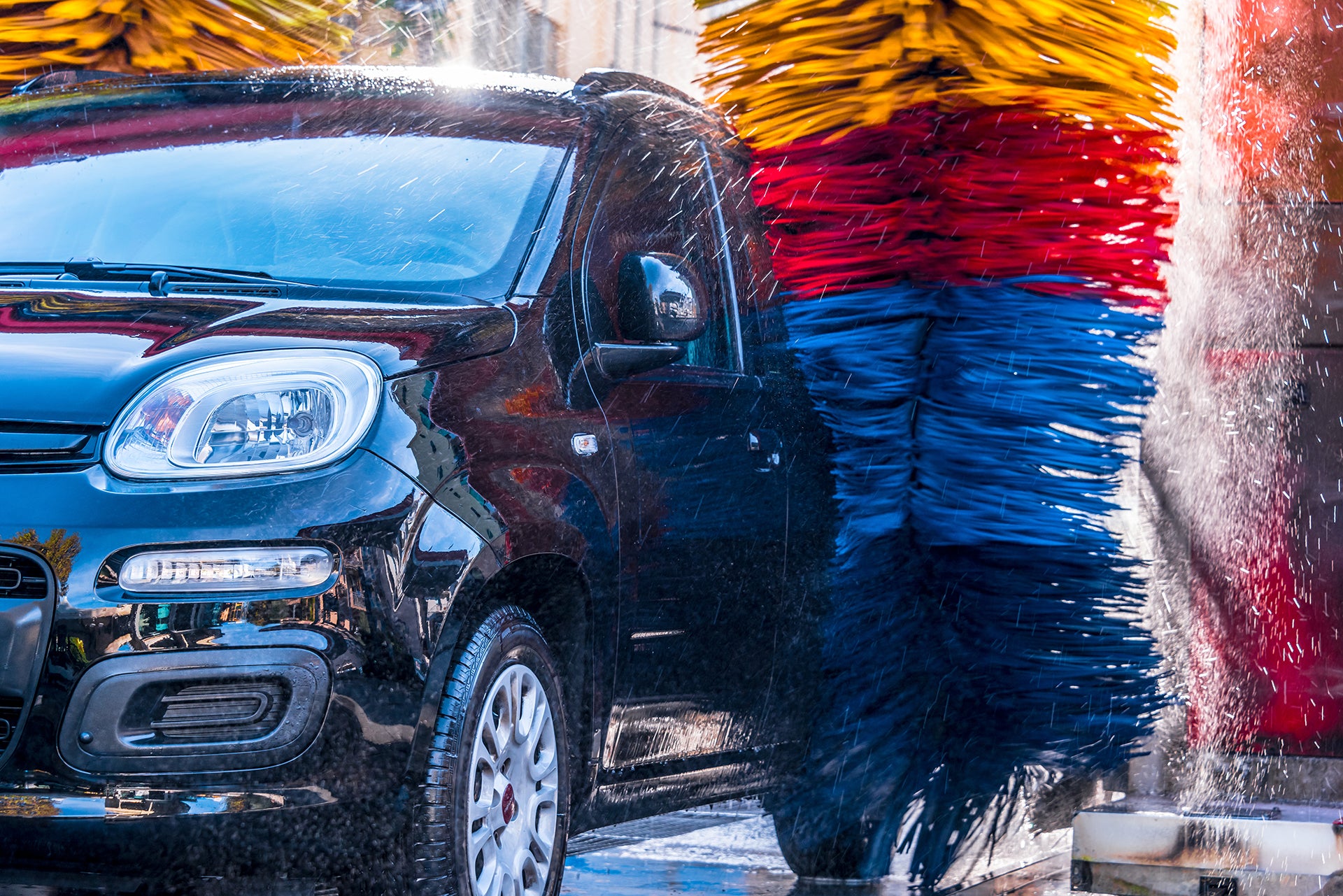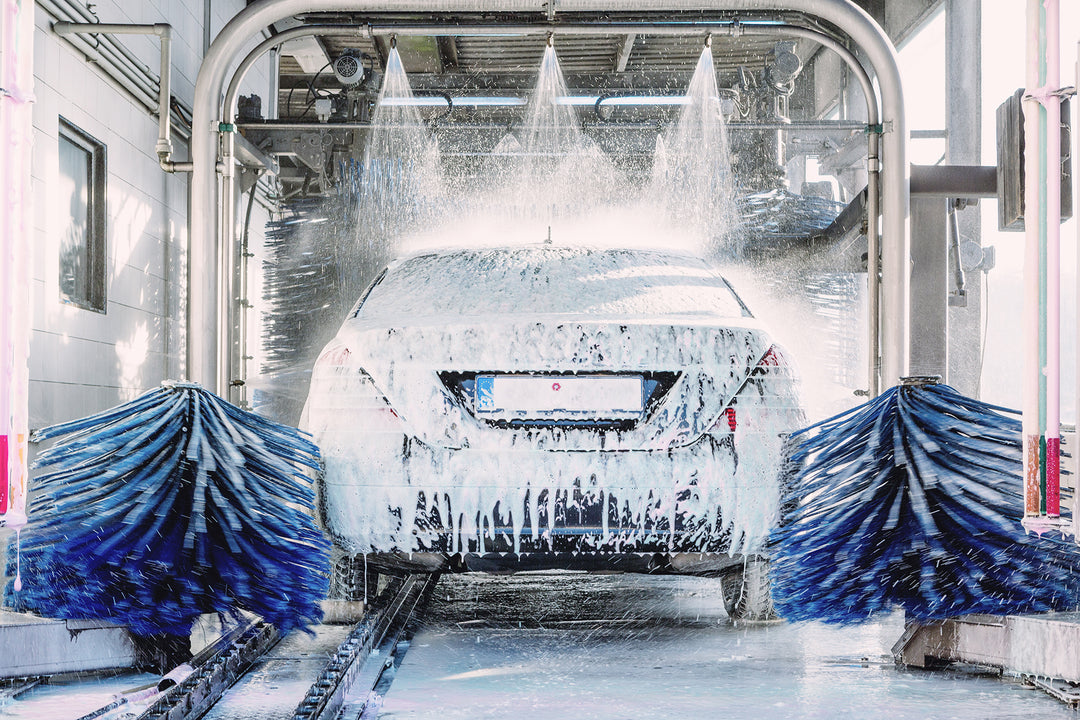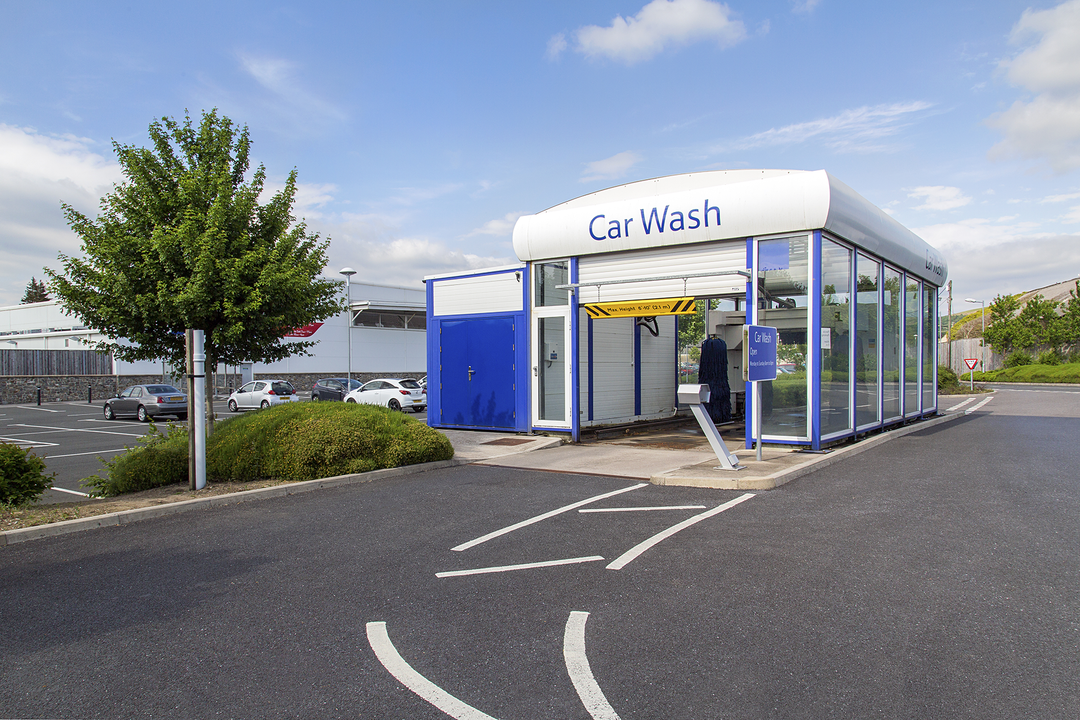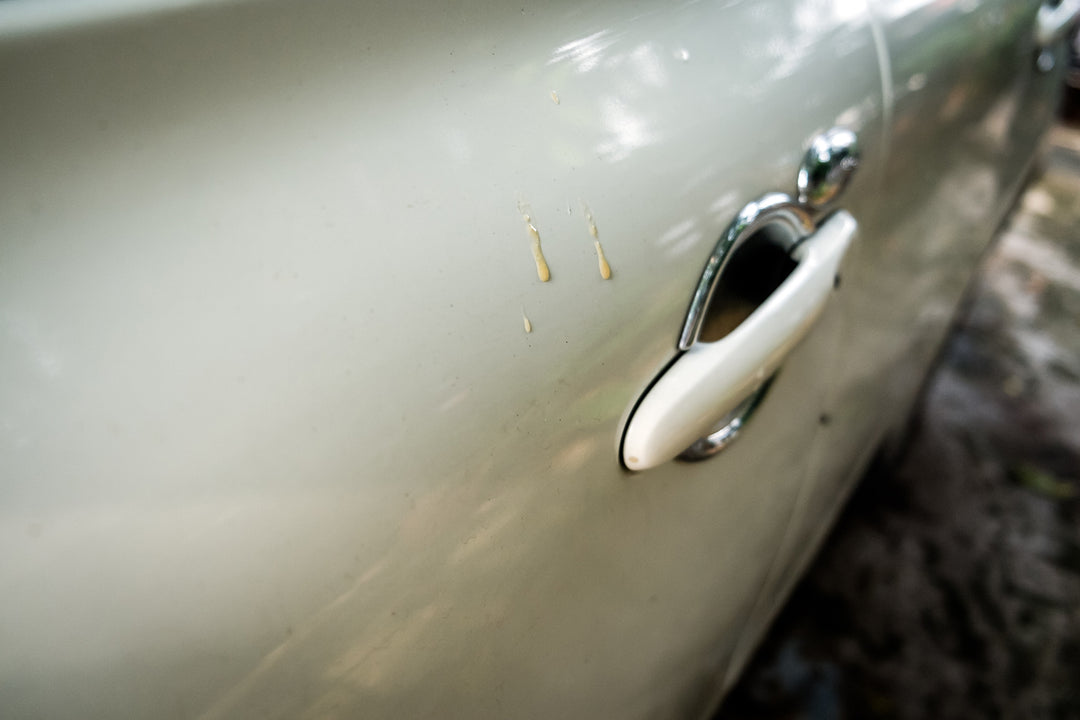6 Reasons Why You Should Avoid Touch Free Car Wash
- Posted on:


The touchless car wash relies on powerful cleaning techniques, but they may not always reach every spot on the vehicle, potentially leaving areas unclean. For car owners who value a thorough wash, this could be a significant concern. Furthermore, repeated use of a touch free car wash might not be as gentle on the car as hand washing, leading to questions about long-term vehicle maintenance.
Understanding the nuances of touchless car washes is crucial for car owners who regularly use these services. It's important to balance the benefits of a touch free car wash with its limitations.
The Aggressive Chemicals in Touch Free Car Wash Systems

These harsh chemicals might also damage the car's wax and paint. So, some people who own cars choose gentler ways to wash, like washing by hand, which uses softer cleaning stuff. Even though soft touch wash seems better for nature, it really depends on the exact chemicals they use. By choosing safer ways to wash, your car stays in great shape, and you're kinder to the environment.
Insufficient Cleaning Capabilities

For detailed care, doing it yourself with products like Ceramic Purp High Foaming Car Wash Shampoo is a good choice. This shampoo is made to clean dirt in tough spots while being gentle on the car’s surface and protective layers. It has a balanced, high-foaming action that effectively cleans, giving a thorough wash and shiny finish without damaging the vehicle.
Risk of Paint Damage

When you use touchless car washing, the lack of a soft cloth means the cleaning process depends entirely on chemicals and water pressure. This approach doesn't scratch the paint, but it might worsen the paint quality on cars. The absence of physical contact in both touchless car wash and touch free car wash plays a role in this issue.
This is one of the six reasons why you should avoid touch-free car wash. The ongoing damage leads to more frequent paint jobs and upkeep, affecting how your vehicle looks and its lifespan. While touchless car washes offer quick service, people need to think about how repeated use can speed up wear and tear on the paintwork. Hand washing with soft cloths is a safer choice to keep your car looking good.
Water Spotting Issues

You can use products like Florida Shine Sprayable Polymer Sealant after washing. They create a shield against these minerals and keep your car looking great. Also, using clean water, maybe filtered or softened water, for the last rinse in automatic car washes helps prevent water spots.
In touch free car wash, not touching the car directly and only using high-powered water jets and cleaners can clean but also leave minerals that stick to the paint. Using touch free cars washes a lot, especially in places with hard water, which can make this worse. To keep the car looking new, it's important to dry it well, by hand or with machines. Doing this and using a protective sealant regularly will protect the surface and keep the car looking good.
Incomplete Drying Problems

Touch free car wash systems are convenient but often fail in fully drying cars. Unlike soft touch washes or hand washes, touchless car washes depend on hard sprays and cleaning agents without any physical contact. This makes them less effective in removing all moisture. The problem is most noticeable in hard-to-reach places where water gathers. Over time, this remaining moisture can lead to streaks, watermarks, mold, and mildew on the vehicle's surface or in damp conditions; in older vehicles with less durable paint finishes, this moisture can speed up paint damage.
For individuals wanting to keep their vehicles in top condition, it's vital to be aware of these limits. Often, a touchless wash means needing extra drying methods, like using microfiber towels for those hard-to-reach spots.
While automatic car washes are fast and easy, they're not always the best for thorough car care. On the other hand, methods with direct physical contact offer more complete cleaning and drying, better protecting the vehicle from drying-related issues.
Lack of Personalized Attention

Though touchless car wash provides a fast and efficient wash, it may fail to remove dirt in areas that are hard to reach. This is unlike touchless washes, where the automatic car wash method might leave some areas less clean. The uniform process used for all vehicles might not suit the specific needs of different vehicles, which can affect their overall cleanliness. Hand washing, however, ensures that each car is thoroughly cared for and remains clean.
Summary: Balancing Convenience and Quality

Frequently Asked Questions
What are the negatives of touchless car wash?
Touchless car wash can be harsh on your car's surface. It uses strong detergents and hard water sprays that might not clean every part of the car. Sometimes, they leave spots or dirt behind.
Do touchless car washes damage paint?
Yes, the hard sprays and cleaning agents in touchless car washes can strip your vehicle's paint over time. They can cause scratches and make the surface less shiny.
Why does the touchless car wash not clean?
Touch free washes may not remove all the dirt because they don't touch every part of the car. Some grime can stay stuck on your vehicle's surface.
Why you should avoid automatic car washes?
Automatic touchless washes are not as good as a hand wash by a professional detailing service. They might not get all the dirt, and it can harm the paint. Ultimately, a touchless car wash may not be the best choice for your vehicle's long-term care.





